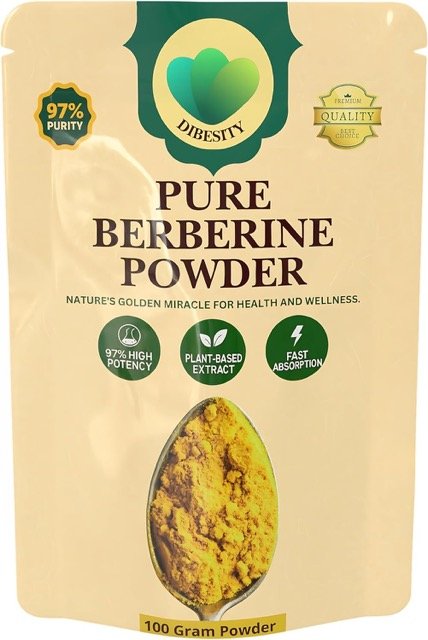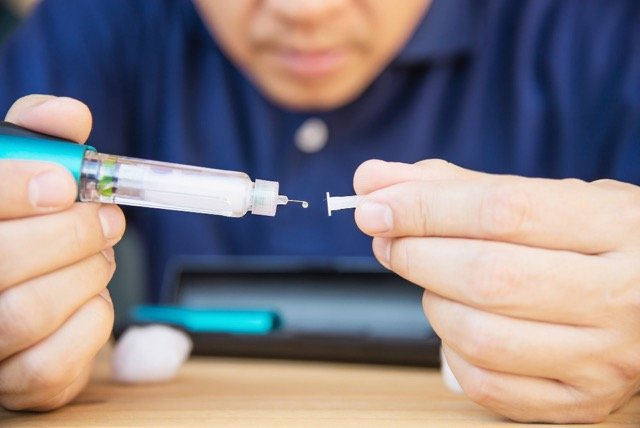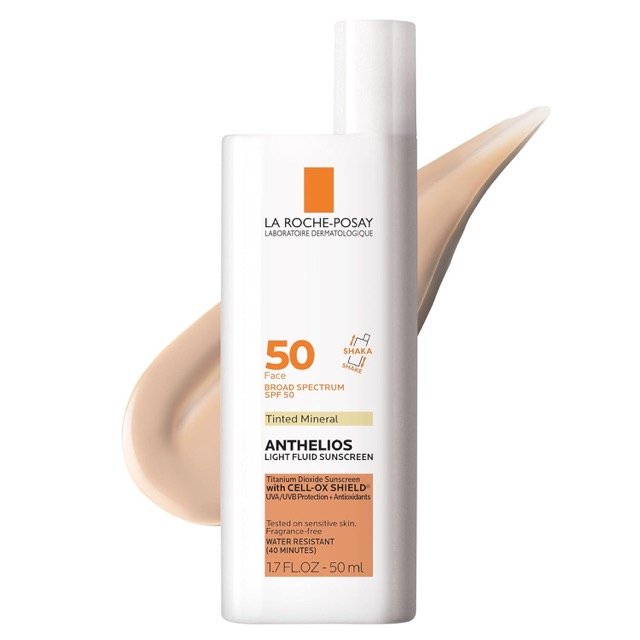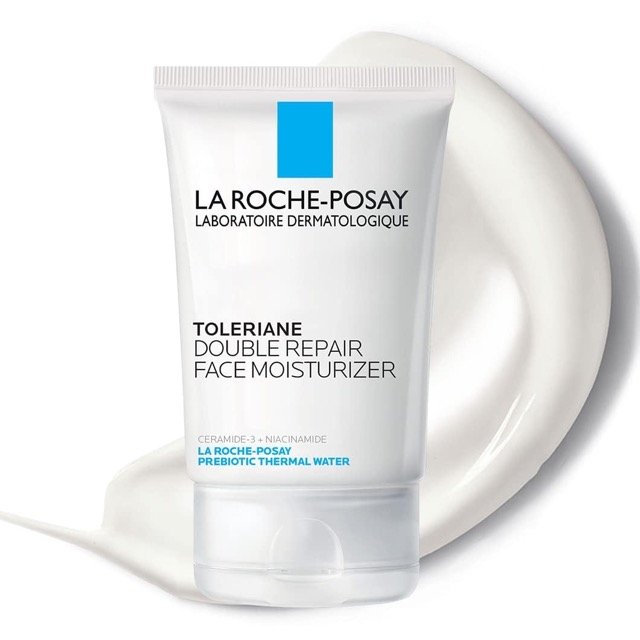Acne may come and go, but the scars it leaves behind can linger for years—or even a lifetime. Whether you're dealing with dark spots, uneven texture, or deep pits in your skin, acne scarring can affect your confidence and complexion long after the breakouts have healed.
Fortunately, modern dermatology offers a variety of effective treatments to help restore smooth, even-toned skin. This guide dives into everything you need to know—from the science behind scarring to cutting-edge treatments that actually work.
Why Do Acne Scars and Marks Develop?
Acne scars form when inflammation damages the deeper layers of skin, triggering the body’s natural healing response. This response can either overproduce or underproduce collagen:
-
Too much collagen → raised scars (hypertrophic or keloid)
-
Too little collagen → indented scars (atrophic scars like ice pick, boxcar, and rolling scars)
Even if you avoid picking at your skin, factors like genetics, the severity of your acne, and how your skin heals can all influence whether or not you develop scarring.
On the other hand, acne marks—also known as post-inflammatory hyperpigmentation (PIH)—are not true scars. These are flat, discolored spots that remain after a pimple heals. They often fade over time with proper care but can take months to disappear without intervention.
Acne Marks vs Acne Scars: Know the Difference
| Feature | Acne Marks (PIH) | Acne Scars |
|---|---|---|
| Texture | Smooth | Textured (raised or indented) |
| Color | Dark brown, red, or purple | Same as skin tone or lighter/darker |
| Cause | Inflammation, melanin overproduction | Collagen imbalance during healing |
| Treatment | Topicals, peels, lasers | More intensive procedures needed |
| Healing Time | Months | May persist for years |
Effective Treatments for Acne Marks
While acne marks aren’t permanent, they can be frustrating. Fortunately, several proven strategies can accelerate their fading:
1. Daily Sun Protection
Ultraviolet exposure worsens pigmentation and slows healing. Broad-spectrum sunscreen with zinc oxide or titanium dioxide is essential—even on cloudy days or indoors.
2. Vitamin C Serums
These antioxidants brighten skin by blocking melanin production and encouraging skin renewal. Look for stabilized formulas and apply after cleansing, followed by SPF.
3. Chemical Exfoliants
Alpha hydroxy acids (AHAs) like glycolic acid and beta hydroxy acids (BHAs) such as salicylic acid promote cell turnover and fade discoloration. Start slowly to avoid irritation.
4. Prescription Retinoids
Tretinoin and adapalene help fade pigment and prevent new breakouts. These derivatives of Vitamin A also stimulate collagen production, making them helpful for both marks and mild scars.
5. Chemical Peels
Professional chemical peels containing TCA, lactic acid, or salicylic acid remove damaged skin layers and stimulate new skin formation. These are especially useful for widespread hyperpigmentation.
6. Laser Therapy
Laser treatments like IPL (Intense Pulsed Light) target pigmentation and break up melanin in the skin. These should only be done by trained professionals and may require multiple sessions.
Types of Acne Scars and Advanced Treatments
Not all acne scars are created equal. The type of scar determines the best treatment approach.
➤ Ice Pick Scars
-
Appearance: Narrow, deep pits that look like small holes.
-
Best Treatments:
-
Microneedling: Stimulates collagen to fill the depth of scars.
-
CO2 Laser Resurfacing: Removes damaged skin layers and promotes smoother skin regeneration.
-
Punch Excision: A surgical technique where the scar is removed and stitched or grafted.
-
➤ Boxcar Scars
-
Appearance: Wide, shallow depressions with sharp edges.
-
Best Treatments:
-
Fractional Laser Therapy: Targets deeper skin layers to rebuild structure.
-
Dermal Fillers: Temporary fillers lift the indentation to improve contour.
-
Microneedling + PRP (Platelet-Rich Plasma): Boosts healing and collagen formation.
-
➤ Rolling Scars
-
Appearance: Wavy texture with soft edges.
-
Best Treatments:
-
Subcision: A needle is inserted under the scar to break up the fibrous tissue anchoring it.
-
Fat or Filler Injections: Add volume under the skin to even out surface irregularities.
-
Microneedling with PRP: Accelerates healing and skin smoothing.
-
➤ Keloid and Hypertrophic Scars
-
Appearance: Raised, often red or pink, and may grow beyond the original wound.
-
Best Treatments:
-
Corticosteroid Injections: Reduce inflammation and flatten the scar.
-
Silicone Sheets or Gels: Applied regularly to soften and reduce scar thickness.
-
Laser Therapy: Can reduce redness and improve texture.
-
At-Home Treatments That Help
While professional treatments are most effective for deeper scars, at-home care can support and extend results:
-
Retinol Creams: Encourage skin renewal and prevent clogged pores.
-
Niacinamide: Reduces pigmentation and supports the skin barrier.
-
Gentle Exfoliation: Weekly use of mild scrubs or enzyme-based exfoliants can improve skin texture.
-
Hydration: Moisturized skin heals better. Use non-comedogenic moisturizers rich in ceramides or hyaluronic acid.
Final Thoughts: Prevent Future Scars Before They Start
The best way to manage acne scars is to prevent them in the first place. Avoid picking, popping, or scrubbing active pimples. Treat acne early and consistently with a personalized routine, and consider consulting a dermatologist for persistent breakouts or post-acne marks.
Acne scars don’t have to be permanent. With patience, consistency, and the right combination of treatments, you can reclaim smoother, clearer skin—one layer at a time.



.jpeg)





